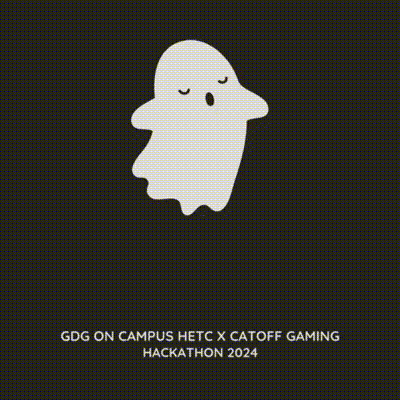Halloween
Halloween is an annual holiday celebrated each year on October 31, and Halloween 2018 occurs on Wednesday, October 31. It originated with the ancient Celtic festival of Samhain, when people would light bonfires and wear costumes to ward off ghosts. In the eighth century, Pope Gregory III designated November 1 as a time to honor all saints; soon, All Saints Day incorporated some of the traditions of Samhain. The evening before was known as All Hallows Eve, and later Halloween. Over time, Halloween evolved into a day of activities like trick-or-treating, carving jack-o-lanterns, festive gatherings, donning costumes and eating sweet treats.
Ancient Origins of Halloween
Halloween’s origins date back to the ancient Celtic festival of Samhain (pronounced sow-in). The
Celts, who lived 2,000 years ago in the area that is now Ireland, the United Kingdom and northern
France, celebrated their new year on November 1.
This day marked the end of summer and the harvest and the beginning of the dark, cold winter, a time
of year that was often associated with human death. Celts believed that on the night before the new
year, the boundary between the worlds of the living and the dead became blurred. On the night of
October 31 they celebrated Samhain, when it was believed that the ghosts of the dead returned to
earth.
 In addition to causing trouble and damaging crops, Celts thought that the presence of the
otherworldly spirits made it easier for the Druids, or Celtic priests, to make predictions about the
future. For a people entirely dependent on the volatile natural world, these prophecies were an
important source of comfort and direction during the long, dark winter.
To commemorate the event, Druids built huge sacred bonfires, where the people gathered to burn crops
and animals as sacrifices to the Celtic deities. During the celebration, the Celts wore costumes,
typically consisting of animal heads and skins, and attempted to tell each other’s fortunes.
When the celebration was over, they re-lit their hearth fires, which they had extinguished earlier
that evening, from the sacred bonfire to help protect them during the coming winter.
In addition to causing trouble and damaging crops, Celts thought that the presence of the
otherworldly spirits made it easier for the Druids, or Celtic priests, to make predictions about the
future. For a people entirely dependent on the volatile natural world, these prophecies were an
important source of comfort and direction during the long, dark winter.
To commemorate the event, Druids built huge sacred bonfires, where the people gathered to burn crops
and animals as sacrifices to the Celtic deities. During the celebration, the Celts wore costumes,
typically consisting of animal heads and skins, and attempted to tell each other’s fortunes.
When the celebration was over, they re-lit their hearth fires, which they had extinguished earlier
that evening, from the sacred bonfire to help protect them during the coming winter.
Halloween Parties
By the 1920s and 1930s, Halloween had become a secular, but community-centered holiday, with parades and town-wide Halloween parties as the featured entertainment. Despite the best efforts of many schools and communities, vandalism began to plague some celebrations in many communities during this time. By the 1950s, town leaders had successfully limited vandalism and Halloween had evolved into a holiday directed mainly at the young. Due to the high numbers of young children during the fifties baby boom, parties moved from town civic centers into the classroom or home, where they could be more easily accommodated. Between 1920 and 1950, the centuries-old practice of trick-or-treating was also revived. Trick-or-treating was a relatively inexpensive way for an entire community to share the Halloween celebration. In theory, families could also prevent tricks being played on them by providing the neighborhood children with small treats. Thus, a new American tradition was born, and it has continued to grow. Today, Americans spend an estimated $6 billion annually on Halloween, making it the country’s second largest commercial holiday after Christmas.
